I’ve been mulling over this dilemma for awhile now ever since we first started posting about quilted coats (5 years ago!) (you can read more here and here. The thought had never even occurred to me that someone might view the turning of a quilt into a coat or other piece of clothing, as something other than miraculous! But, as the Internet has proven again and again, there’s an opposing opinion to almost everything. As with all contrary opinions I like to evaluate and decide where I stand on the given issue. And that’s just what I’m going to do today.
In an effort to understand both sides more fully, I proposed the question to our Instagram community this past weekend and you guys certainly had your opinions (you can read all about it here), which has definitely helped inform my own thoughts so thank you!
Now, a few prefaces. I have a pretty good knack for seeing both sides to most issues and this is no exception. Hopefully I can bring both sides fairly to light. Additionally, some might be surprised that this is even an issue as I was at first. But, I’ve come to learn that the quilting community is passionate and loyal so I understand where most of them are coming from.
Should you cut up quilts to make a coat
With all that said, the comment I’m directly responding to is one from our How to Make a Quilted Coat post:
“Great tutorial–for demolishing an heirloom work of art. I’m ashamed of you and all the other “entrepreneurs” who ravish our quilt heritage.”
Some pretty strong language, and there were others in the Instagram posts with similar thoughts. So, let’s get to it!
My love affair with quilts
I first fell in love with the notion of quilted coats when I spotted this coat on Pinterest years ago (I don’t know the source but would love to know if anyone knows!):
Isn’t it exquisite? I love everything about it! The pattern, the colors, the scarf, the feeling. It’s cozy with its nod to quilt, but in a fashion way. I searched for ages for something similar to no avail, because they weren’t in style quite yet. I even contemplated making one myself, but it would have been a steep learning curve and a time commitment that I didn’t want to make. I looked into having someone make one for me or finding one similar from Etsy or eBay. I even found a company who makes quilts (don’t remember the name) from your own fabric. Ultimately, it was turning into a much bigger time suck to making it happen than I wanted to commit.
The trendy coat quilt
Finally, Gorman came out with a patchwork quilted coat a few years ago that mimicked the vibe I was going for, but they had made a design and printed it onto fabric. I don’t have a picture of me wearing it but I found this lovely lady here in the exact coat. I still have it and wear it ALL the time. In fact, they came out with a subsequent style and I bought that too and wear it ALL the time as well. In fact, they’ve been my pregnancy coats both times.
You can imagine when I started seeing makers and small companies coming out with quilt coats I went GA GA. FINALLY! Now, they weren’t necessarily marked at a price point that I wanted to commit to, though I understand why it is set that way. You can read about some of my favorites here (and I think there’s more by now!).
DIY Quilted Coat
We connected with one of our favorite clients (thank you Fiskars!) who come on board and I knew it was time to show people how to make a quilt coat of their own by someone who actually knew how to sew, Romy-Krystal Cutler of Sew Like. To me, it was important that we did it correctly by hiring someone who knows what they were doing versus us buying such a beautiful quilt and wreaking havoc on it. And she did a tremendously beautiful job!
My relationship to history
As I mentioned in the Instagram post, I studied art history and almost went into historic preservation. I have a deep love of old things and history. I even worked for an architect who worked with National Geographic whose mission was to preserve culture. With that in mind, part of the way that we celebrate art movements and culture is by bringing them to light and being inspired by them through our work. It’s a great talking point and remembrance of eras that might have been forgotten. Taking something that is old and making it modern is one of my favorite ways to keep history alive. And that’s how I feel about repurposing quilts into fashion.
Real Talk
Real talk, how many of us display our grandmother’s quilts? Or are they tucked away in a cupboard somewhere? How many of us plan on displaying them at some point? Or are they an heirloom that gets passed down from one cupboard to another? While this is a fine way to preserve an heirloom, I find that keeping it visible is an active way to celebrate our heritage. I’ve always loved the artful combined with the practical so turning the quilt into something that will be used is my ideal method of celebration and preservation.
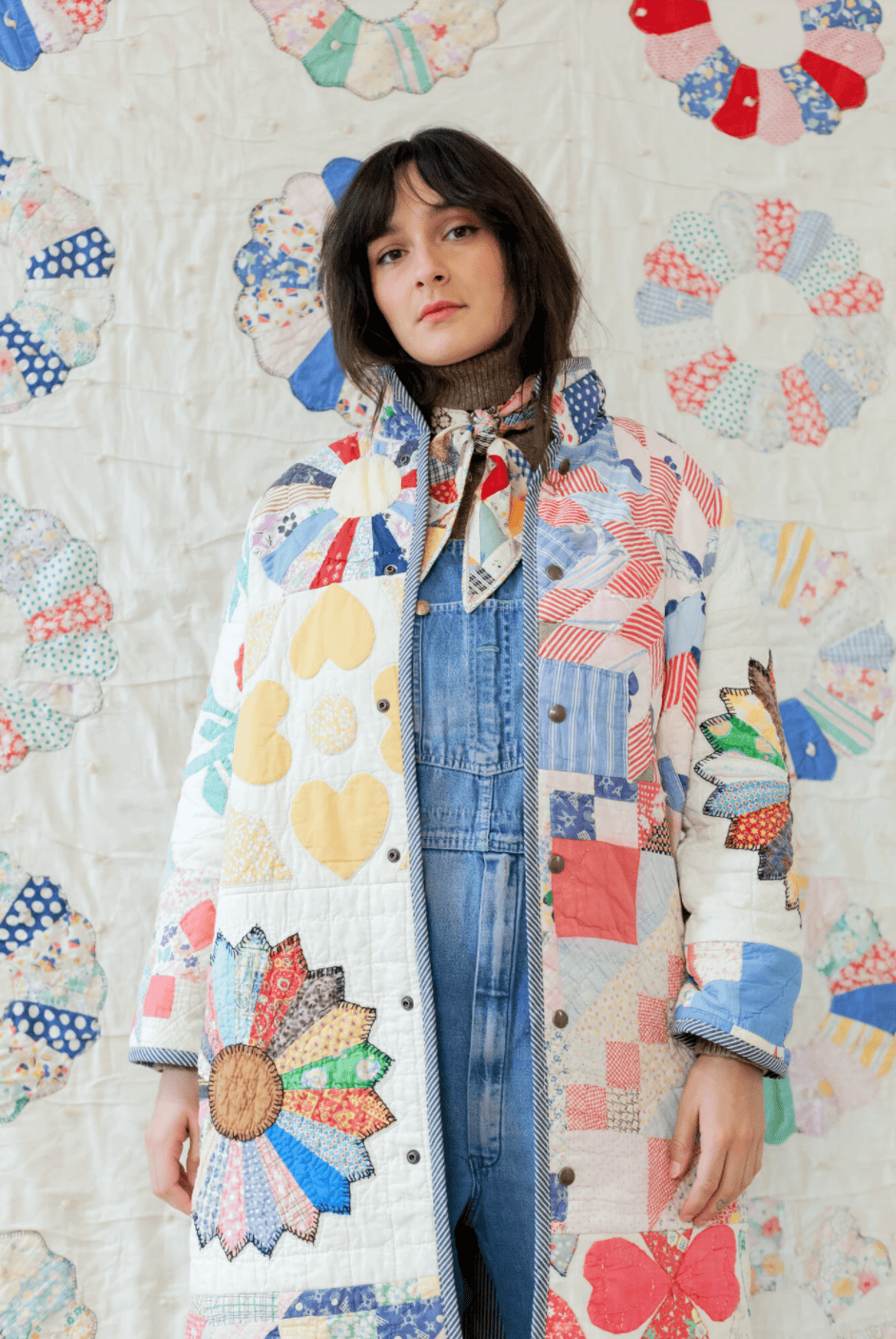
You wouldn’t believe the comments I get when I wear this coat out (I mean, it’s quite limited as I don’t get out much right now). “Did you make that?” or “is that your grandmother’s?”. The questions create such beautiful conversation starters and I find that I encounter kindred spirits wherever I go. In my opinion, much better than storing it in a keepsake box that I open infrequently.
Arts vs. Crafts
In graduate school, I took a class at the Smithsonian on crafts vs. arts. Are crafts considered art? Ultimately, I learned, it depends on who you are talking to. I believe that is the case here. In this case, are quilts art? Not all, I would say. Certainly, some are. I think you could talk with any quilt maker and they would tell you that not all of their work would be considered art. There are probably some quilt makers who don’t consider their work art at all.
Our regional art museum, Springville Museum of Art, has an annual quilt show that is well attended and looked forward to. You wouldn’t believe the amazing quilts that are shown. They’re incredible. And while I would consider some art, you might talk with some fine artists who wouldn’t. It all depends on who you talk to.
What’s the intent?
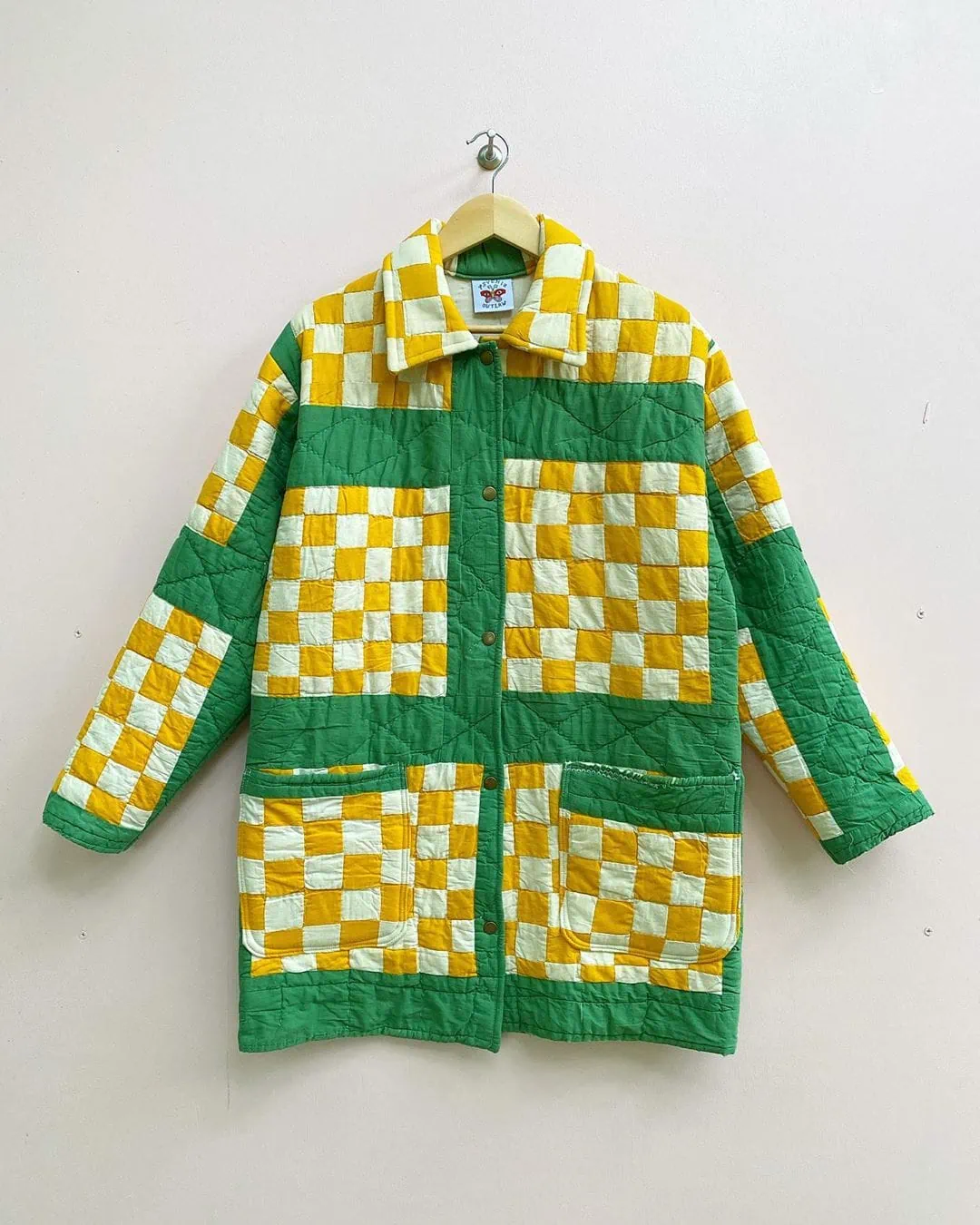
It’s the same with anything else old. In the practice of historic preservation for houses the argument is always–is this house/building worth preserving? Oftentimes it comes down to intent, design, and materials. Not all were intended to last. Especially those made with poor quality materials or tools.
Fashion as art
So, if quilts indeed are considered art, what about fashion? Certainly, some fashion is art. Look at haute couture. It can be breathtaking. On the other hand, I wouldn’t say my COVID/postpartum look is art. AT ALL. But quilts AS fashion? Again, it ALL depends! I would like to say that sometimes I treat my fashion choices as art–I love mixing colors and patterns and expressing myself in that way. Hence, when I see quilts as an art form AND fashion as an art form, the two together are magic.
Fast Fashion vs. Slow Fashion
One argument I saw a few times over was calling out fast fashion for being part of the problem. Is it? I kind of suspect it’s not as it would take A LOT of work for fast fashion companies to 1) gather all the quilts and 2) design to each unique quilt. It would require a new pattern each time and that’s not a good use of their time. It would be much more efficient to create their own fabric. The textile industry is one of the most harmful to the environment (I’ve heard is the second most polluting industry) so creating fabrics is not optimal. I’m going to venture to say, and this is just a guess, that it’s small companies who see the the repurposing of quilts as an art form and have a reverence for them. They probably wouldn’t spend their time scouring markets for quilts if they didn’t love them.
What to do with the scraps?
I saved onto the quilt pieces that from the coat I had made and we recently repurposed them into a sleeping mask and I’ll be making a face mask soon. There are so many things to make with fabric scraps and we’ll be sharing more of them soon.
Prices go up and resources become scarce
Now, of course it’s a bummer that when I go and look for quilts on eBay that the prices are much higher than they would have been just a year or so ago. These small companies are no doubt trying to get their hands on whatever they can. That doesn’t feel good, but perhaps we could also ask–who is selling these quilts? And why are they selling them?
Quilts as heirlooms
A lot of people mentioned quilts as family heirlooms. Much like the argument of whether quilting is an art form, I think it all depends on who made it and their intention. If a quilter makes hundreds of quilts in their life, is each one considered an heirloom? Is it possible or necessary to treat each one with reverence? I’m going to guess that the quilter had ones that they preferred over others. It’s the nature of creating.
I have a friend who quilts as a hobby. She literally has hundreds of quilts that she’s given away and my son was the lucky recipient of one of those. He received it as a baby gift when he was born. I will keep it forever because she is a dear friend. Perhaps he will give it to his child one day. And now that I think of it, it would be quite cool to turn it into a kid’s jacket so that he would be cozy in the winter. In this instance, it’s a matter of if I want to use it as a quilt for warmth in a bed or warmth against the elements. To me, both are important and show reverence.
When it goes out of trend
Sadly, we all know that when something becomes a trend it will eventually become untrendy. It’s the nature of the beast. I’m sure some people will want to get rid of their quilted coats and when they do, please offer it to me first! I will take each one! And you know what, there are other people who will love them and the cycle will continue. That’s assuming that we all sell or donate our used goods.
Quilts that are imperfect
Many people also mentioned that the quilts that they use for cutting up are ones that had deteriorated in some form. How wonderful that instead of going to a landfill, the quilt could have a second life.
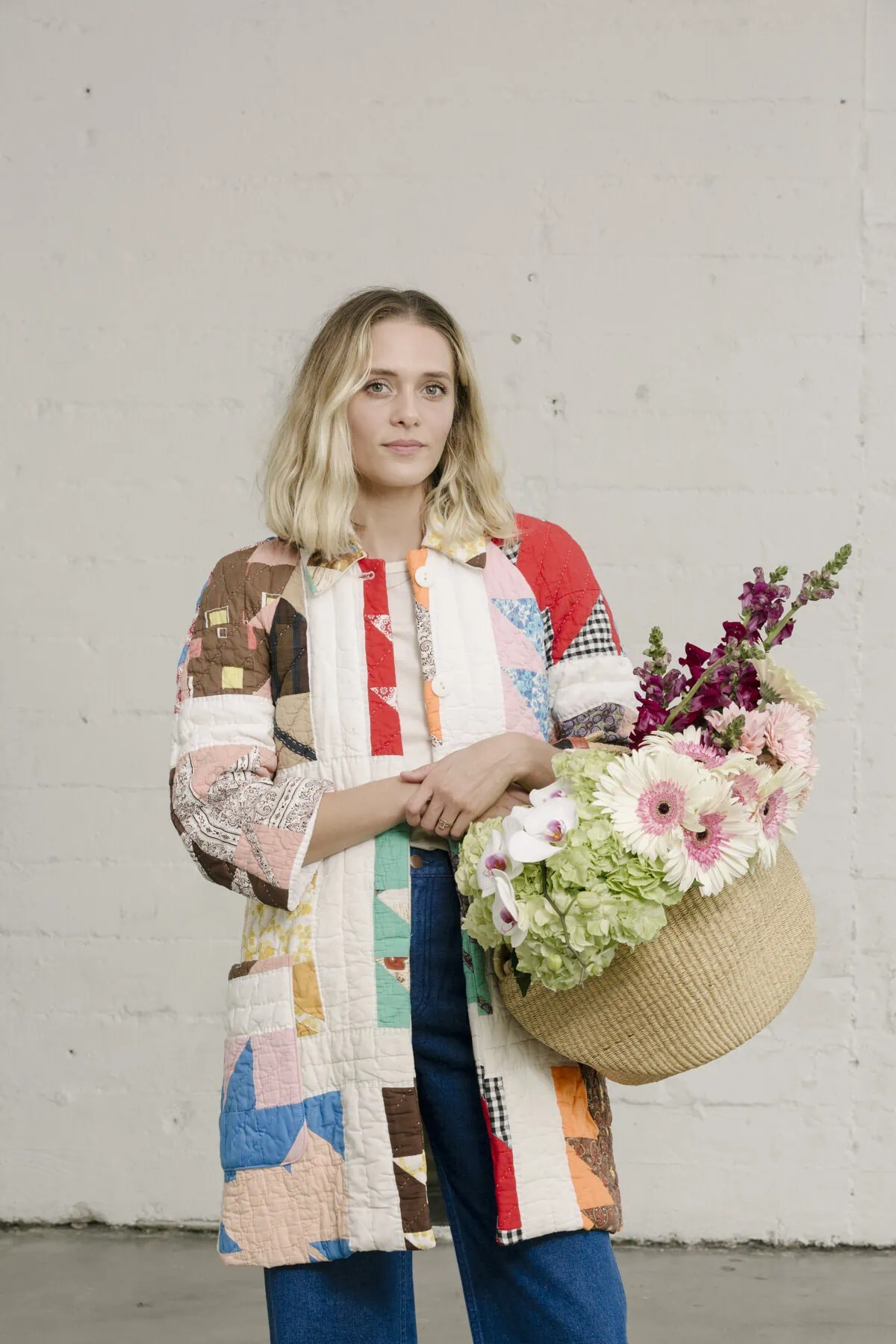
On that note, think of how fabric is first created and intended. It’s designed to be cut up in one way or another. Is the designer of that fabric sad about that? I doubt it because they know the outcome. Perhaps we just need to get more comfortable with the idea that repurposing can be a good thing? Just a thought.
History of the Quilt
One of my favorite arguments on the Instagram thread was bringing to light the history of the quilt. Quilts came to be when scraps were left over from making clothes and turned into a useful blanket. A ha! It all comes full circle. Clearly, I wouldn’t turn every quilt into a piece of clothing.
What have I learned in contemplating both sides of the story? Well, 1) there’s always going to be someone who doesn’t agree with you and you know what? We have to be fine with that (unless it’s harmful!). Hopefully, we can express ourselves without feeling the need to tear each other down. I feel like if we’ve learned anything in the past year it’s that we need to do better at communicating with respect.
I absolutely CHERISH the quilt coat that Romy made me. I have worn it nearly every day since I received it. It’s beautiful and cozy and perfect. Quilts have a such an amazing ability to communicate exuberance and joy all while telling a story. And if they are used on the bed or the body, I feel like we should make the decision thoughtfully.
I’d love to hear your thoughts. Please leave me a comment!
If you liked this, you might be interested in
Quilted Coats we love
The NY Times article about quilted coats



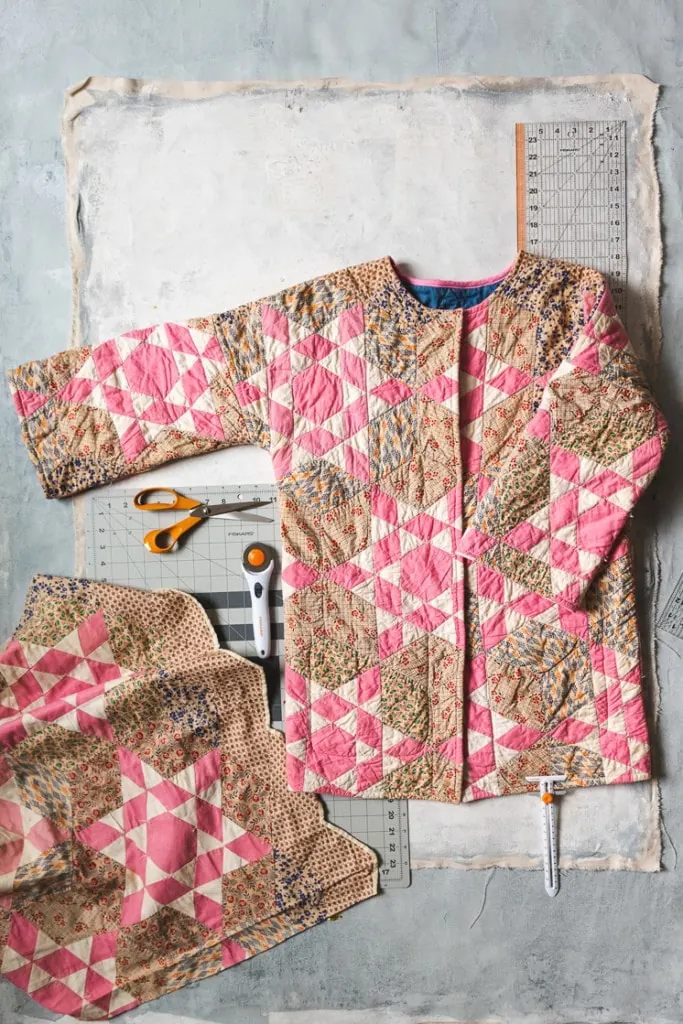
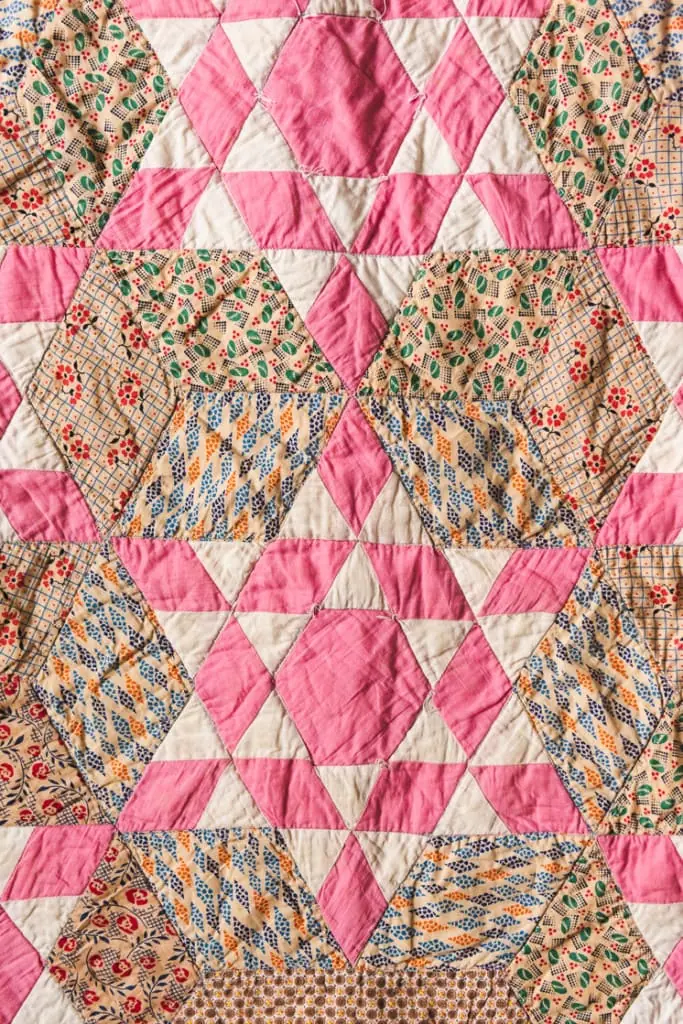
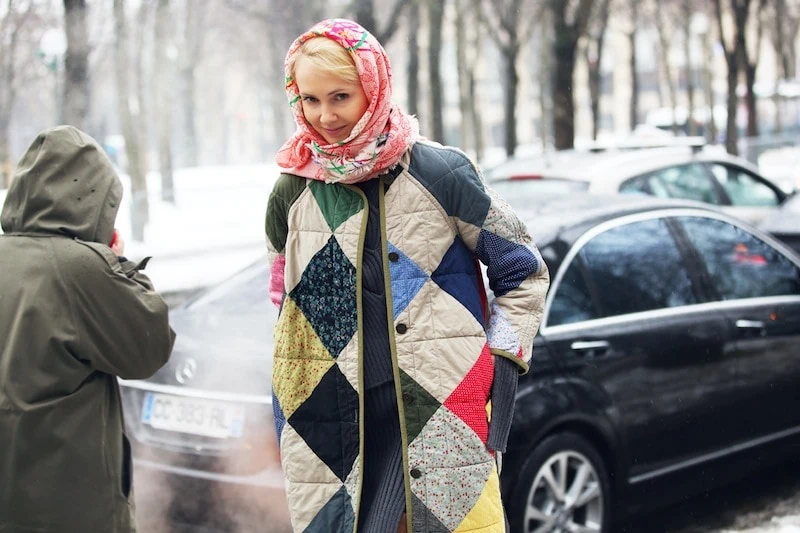
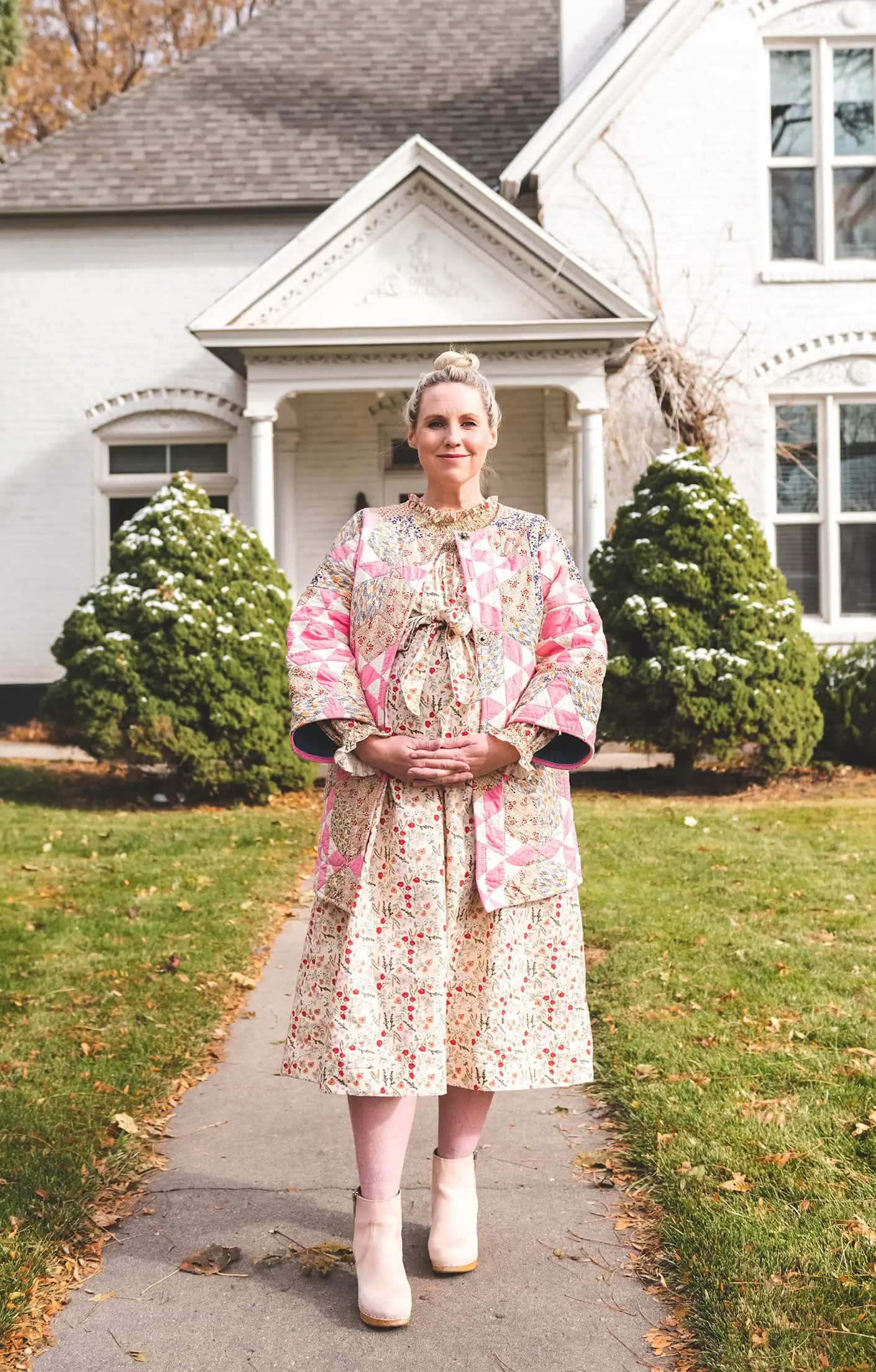
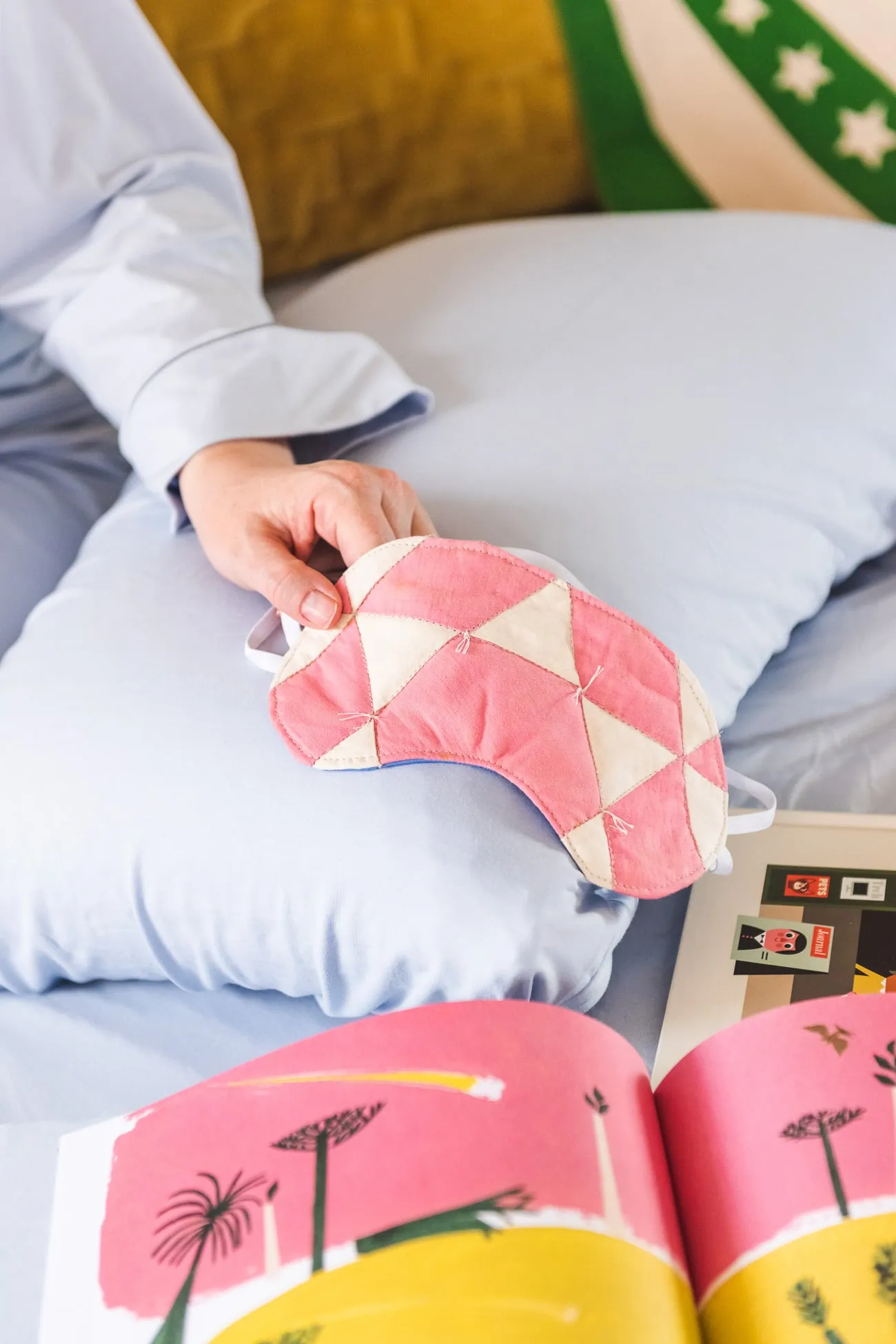
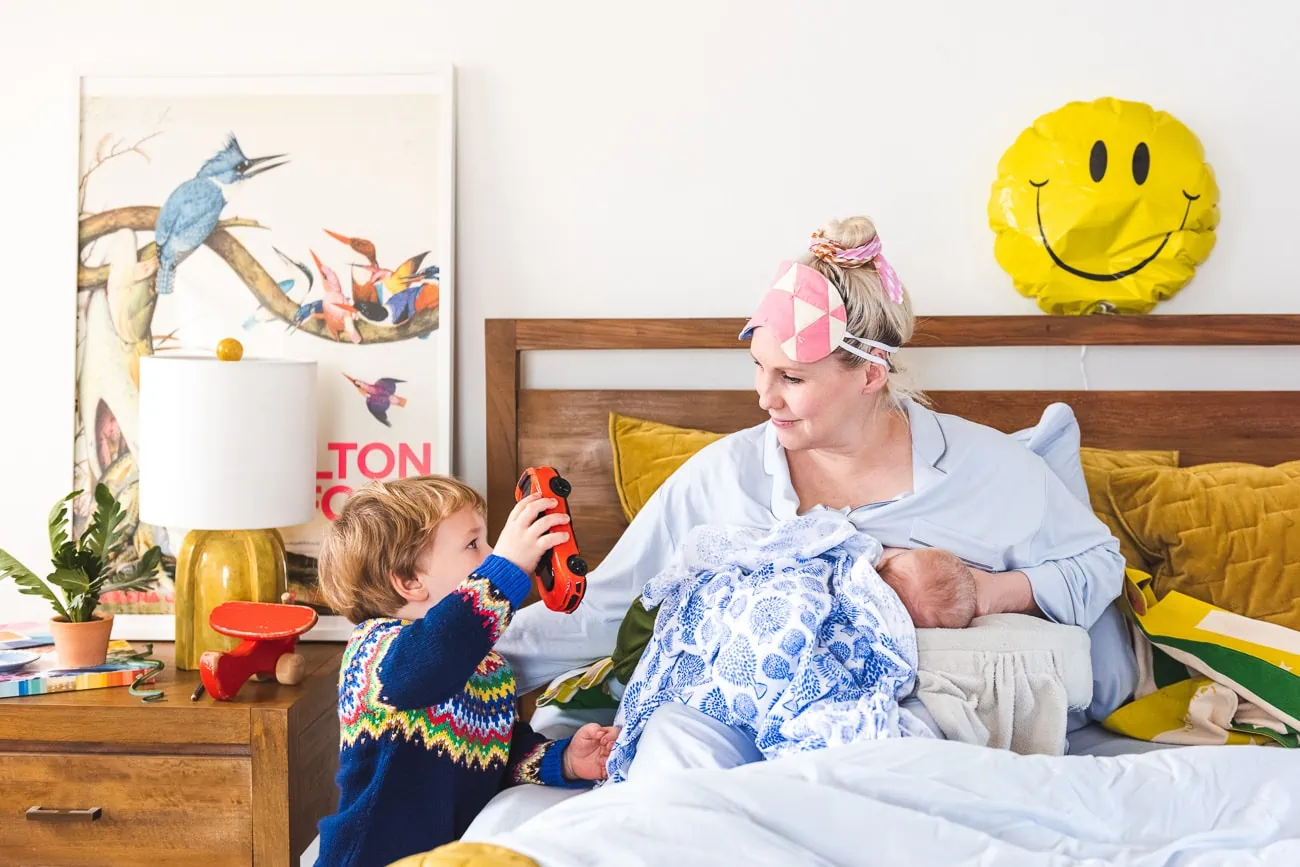
Comments